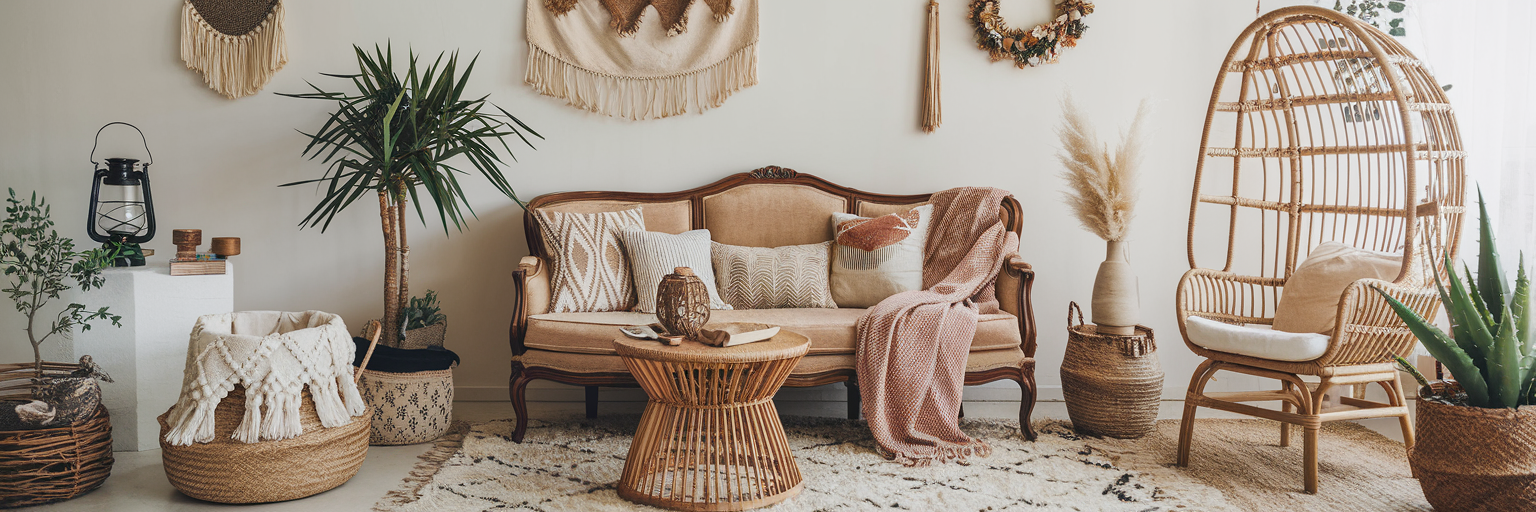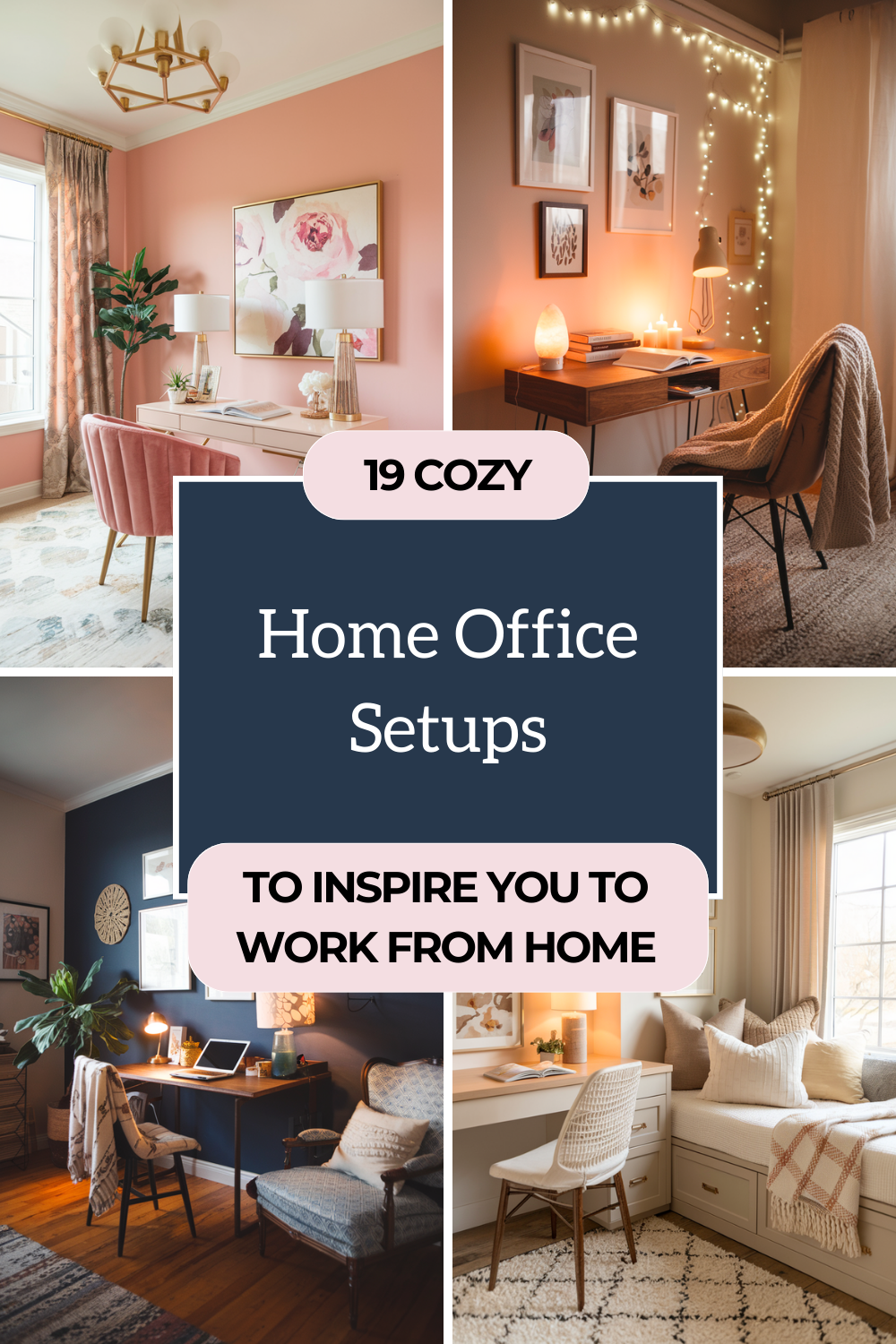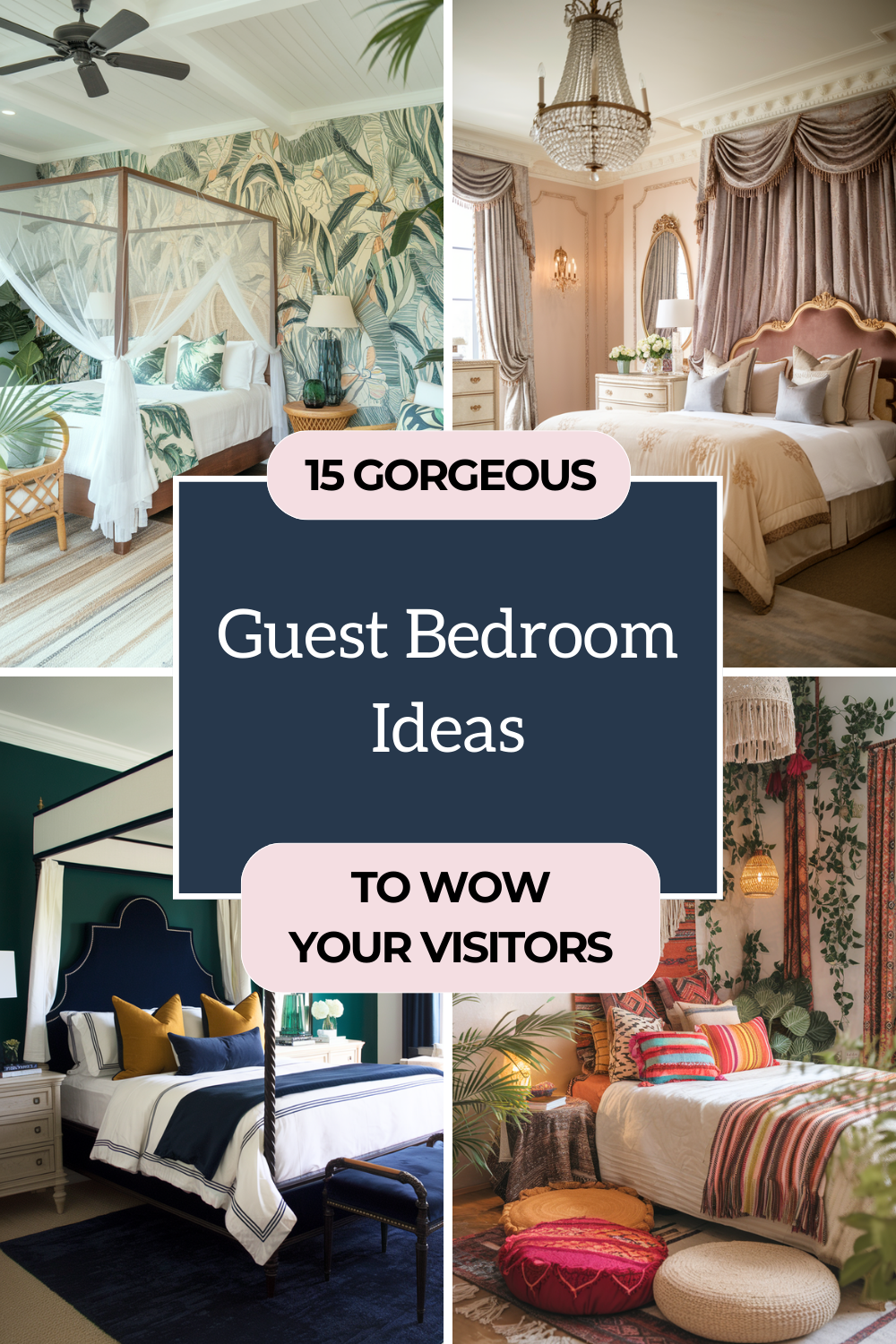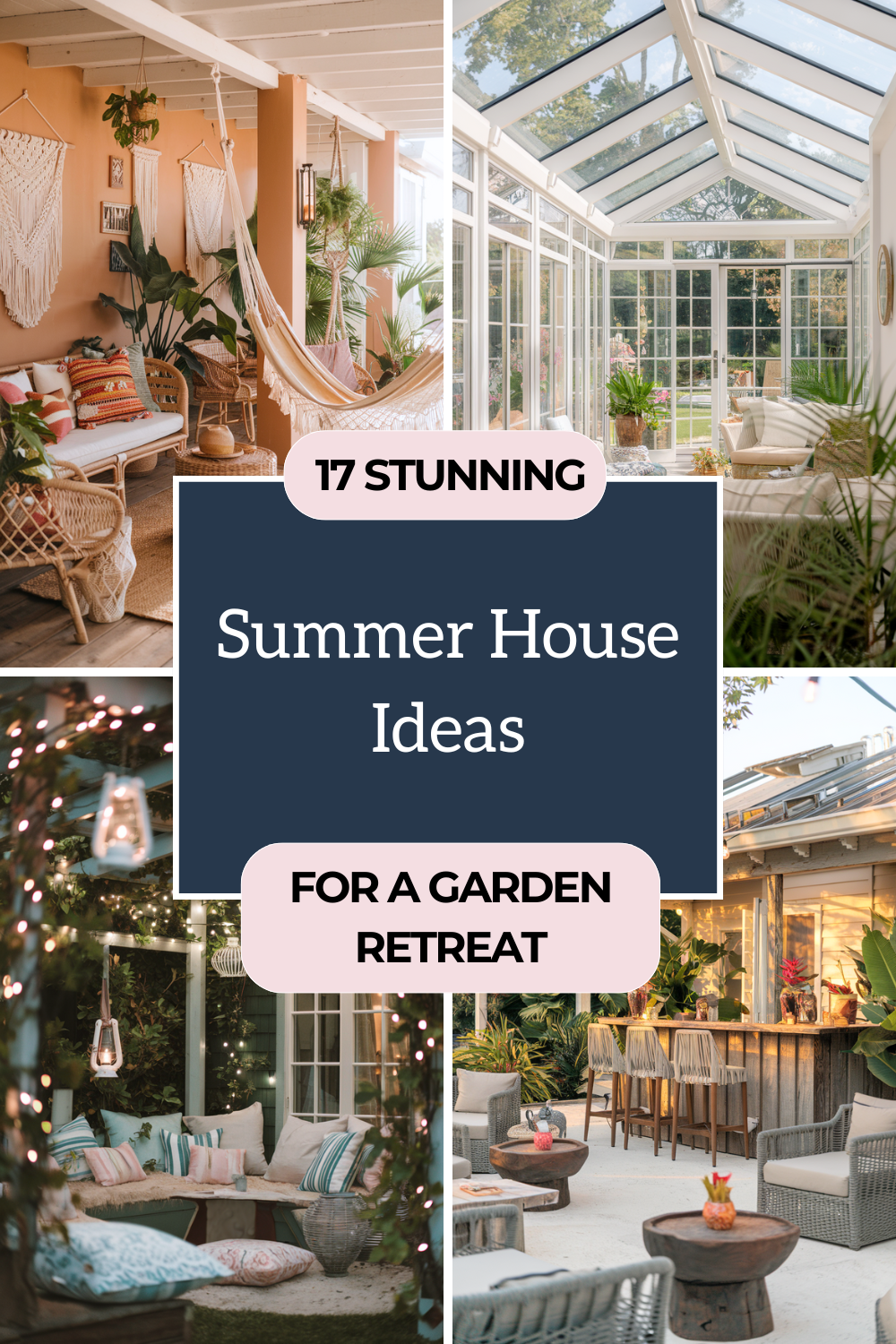
Boho
If you’ve ever fallen down a Pinterest rabbit hole of cozy rooms filled with layered textures, woven baskets, and plant-filled corners, you’ve already been seduced by the dreamy boho style. It’s relaxed, personal, and just the right amount of eclectic. And the best part? It’s incredibly beginner-friendly while making you look like a seasoned world traveler. Over the years, I’ve helped clients—and honestly, myself—lean into this style in both subtle and bold ways. Whether you’re refreshing a corner or reimagining an entire room, the boho look is surprisingly approachable. It’s creative, forgiving, and endlessly customizable. Boho interior design isn’t about perfection—it’s about creating a space that feels soulful and lived-in. With a few key elements, you can turn any room into a calming, creative retreat that tells your story.

Layered textures for cozy contrast
Texture is the heartbeat of boho style. It’s what makes a room feel cozy, touchable, and full of depth. Even if your space has a simple color palette, the right textures can make it feel alive.
Start with a grounding base—maybe a natural jute rug or linen slipcovered sofa in a boho-inspired living room or bedroom. From there, layer in softness and detail: a tufted velvet pillow, a fringed throw blanket, a chunky knit pouf, or a handmade macramé wall hanging. Even something as small as a woven tray or a rattan mirror can add visual interest.
The beauty is in the contrast—rough with smooth, nubby with silky. There are no hard rules here, which is part of what makes it so fun. Your home should feel collected, not curated.

Fearless global patterns and prints
If you’ve ever felt nervous about mixing prints, boho style is the perfect excuse to throw out the rulebook. This look loves a good mashup of tribal, floral, ikat, paisley, and geometric designs. The key is to choose a consistent color family so everything feels connected, even when the prints are wildly different.
For example, in my home office, I’ve got a kilim rug in deep reds and rusts, paired with a batik pillow in indigo, and a vintage Suzani draped over the sofa. None of it matches exactly, but the earthy undertones tie everything together.
Don’t be afraid to mix in a bold curtain print, a patterned throw, or an eclectic gallery wall with different frame styles. It’s all about layering with confidence and trusting your eye.

Earthy, nature-inspired colors for a grounded space
When I think of boho interiors, I think of colors that feel grounded—like they were pulled straight from the desert or a forest floor. Deep terracotta, burnt sienna, ochre, olive green, dusty rose, and clay tones all create that warm, welcoming boho vibe.
Even if you love neutrals, try leaning into the warmer side—creamy whites, sandy beiges, and soft taupes with golden or peachy undertones. These shades instantly make a space feel cozier and more lived-in.
Paint is a great place to start, but you can also bring in color through textiles, ceramics, wall art, or plants. You don’t need to go bold everywhere—just a few well-placed accents can shift the whole energy of a room

Mixed natural materials
Boho design draws a lot of inspiration from nature, which is why natural materials feel so at home in this style. Think raw woods, cane furniture, bamboo accents, woven baskets, and hand-thrown pottery. These organic textures give the space a sense of earthiness and calm.
If you’re just dipping your toes in, try adding a rattan accent chair, a bamboo pendant light, or a teak stool. Even small details—like a seagrass basket for blankets or a wooden tray on your coffee table—can make a big impact.
Mixing materials is key. I love combining light woods with darker, distressed pieces for contrast. It adds that perfectly imperfect, layered look that boho interiors are known for.

Plants for a vibrant boho home
This one is non-negotiable in my book: plants are a must for any boho space. They instantly bring life and vibrancy, and they help soften everything—especially in a room with a lot of earthy tones or heavier furniture.
If you’re new to plant parenthood, start with easy-care favorites like pothos, snake plants, or ZZ plants. For visual drama, try a tall fiddle leaf fig or a monstera in a woven basket planter. And don’t be afraid to hang a few from the ceiling or perch them on shelves to add height and movement.
The key is to mix sizes and shapes. I like clustering smaller plants together on window ledges or using larger ones to anchor a corner. They don’t have to be perfectly styled—just present and thriving.

Vintage and thrifted pieces
Boho style loves a story, and vintage finds are one of the best ways to add depth and personality to your space. Some of my most treasured pieces were picked up at antique markets, thrift stores, or even off the curb (no shame!).
Look for items with patina, character, and a little age—an old brass candlestick, a vintage Moroccan rug, a beat-up leather pouf, or a weathered wood coffee table. These one-of-a-kind finds help keep your home from feeling too new or too styled.
And don’t worry if things are a little imperfect. That worn-in, time-loved vibe is exactly what makes boho interiors feel so relaxed and real.

Layered, collected-over-time look
One of the things I love most about boho design is that it never feels finished—and that’s exactly the point. Boho spaces are meant to evolve with you. Add things slowly, rearrange often, and don’t stress about making it perfect.
Start with a few anchor pieces you love, and then build around them. Maybe it’s a colorful rug, a cozy reading chair, or a piece of art that makes you smile. Over time, your space will tell your story—layer by layer.
It’s OK if everything doesn’t “go” together. Boho design is about trusting your gut, not following trends.

Low, relaxed seating for a cozy, loungey feel
Comfort is king in boho interiors, and one of the easiest ways to lean into that is by lowering the seating and loosening up the layout. Think floor cushions, poufs, oversized pillows, and casual seating that invites you to kick off your shoes and sink in.
I love creating little chill-out zones with layered rugs, a few throw pillows, and a vintage pouf or two. It instantly makes the room feel more grounded and inviting. Bonus points if you can add a fringe-trimmed ottoman or a boho floor cushion in a colorful pattern.
This setup works especially well in living rooms, reading nooks, or even outdoor patios.

Ambient lighting for magical vibes
Harsh overhead lights just don’t belong in a boho home. Instead, go for layers of soft, ambient lighting that makes your space glow. I’m talking string lights, paper lanterns, candles, woven pendants, and table lamps with warm-toned bulbs.
The goal is to create a vibe that feels cozy and intimate—like golden hour all day long. I like placing lamps at different heights, adding a salt lamp or two, and keeping candles scattered throughout the house. At night, it feels magical.
If you’re feeling adventurous, look for vintage-style sconces or Moroccan lanterns with cut-out patterns that cast shadows on the walls. It’s such a vibe.

Globally inspired textiles and art
Boho style is all about blending cultures, textures, and stories. That’s why global textiles are such a key part of the look. From Moroccan rugs and Turkish kilims to Indian block prints and African mudcloth, these pieces add soul, color, and texture to your space.
Try layering a patterned quilt at the end of your bed, hanging a textile on the wall as art, or draping a colorful scarf over the back of a chair. It’s a beautiful way to celebrate craftsmanship and bring a worldly, well-traveled feel into your home—even if you haven’t left the country.
More Ideas
Once you start layering in textures, plants, warm colors, and meaningful finds, your space will naturally start to feel more boho. Don’t overthink it—and definitely don’t worry about following every “rule.” Boho style is deeply personal, and it works best when you follow your instincts.



